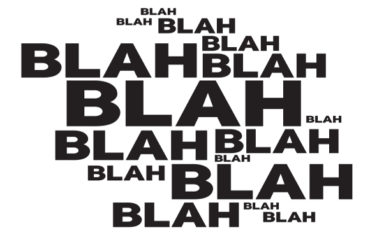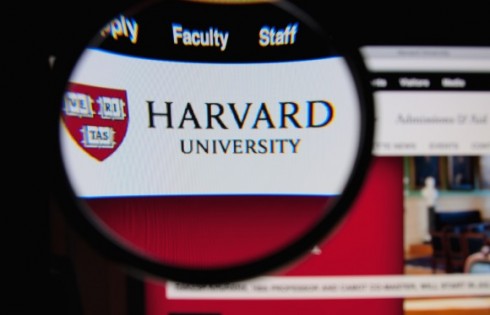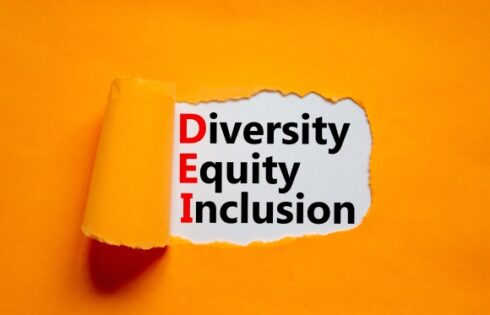
If it’s been said once, it’s been said many times: The academic language surrounding “equity,” “systemic racism” and the like is always ambiguous, vacuous and flowery.
This is on purpose, mind you. Because when challenged, so-called experts can define the terms as they wish. The words are ever-malleable.
In a recent Education Week piece, the Harvard Graduate School of Education’s Jennifer Cheatham and John Diamond of the University of Wisconsin-Madison School of Education offer tips to help determine whether a school district’s “way of decisionmaking” serves to maintain systemic racism.
(Cheatham, an Ed.D, concentrates on “equity and transformational change in urban school districts” while Diamond, a “sociologist of education,” deals with the “relationship between social inequality and educational opportunity.”)
The duo contend many districts are acting in “superficial” ways regarding equity; their article’s focus — supposedly — is on “ways of working necessary to create organizational cultures that root out racism and dismantle white supremacy.”
However, there’s no there there:
— “[T]he ways we create policy, enact procedure, and make daily decisions must continuously be interrogated with an anti-racist lens.”
— “School districts must define success with the community they serve, not for them, and align that vision to a broader set of goals to which they can hold themselves accountable.”
— “[E]ducational leaders need to be willing to dismantle the racist ideologies, structures, and processes …”
— “We need careful, methodical work to dismantle the structures of white supremacy and more robustly define success.”
MORE: Critical race theory, ‘whiteness’ reach new absurd & inane heights
Even the most specific example isn’t very, well, specific. The authors note how Madison, Wisconsin schools (where Cheatham used to be superintendent) did a “complete overhaul” of its human resources department where teams redesigned “taken-for-granted practices in ways that foregrounded racial justice at every stage” … and “even more important, […] ongoing cycles of reflection, which centered the voices of educators of color themselves, pointed to critical missing pieces.”
But, again, what does this mean? Cheatham and Diamond briefly mention teacher recruitment and screening, as well as a need to focus more on these teachers’ sense of “well-being” and “belonging,” but that’s it.
You’ll have to do a little digging, but critical race theorist/anti-racist educationists have more than amply demonstrated what they really mean with their nebulous terminology. Take the University of Illinois Urbana-Champaign’s Nathan Tanner, for example, who recently was lauded for his research on so-called “whiteness”; in the article, the graduate student researcher says “Historically, whiteness has been the ideal and the standard against which all public school students’ behavior and academic performance have been judged.”
Here’s the translation. Not only is it intellectual nonsense, it’s dangerous. It’s bad enough too many teachers today are expected to cater to each individual student’s “learning style“; imagine when they’ll have to take into account every student’s race and ethnicity when doling out grades and behavior referrals.
Professor Cheatham is no stranger to racial controversy; during an imbroglio over a school social worker using the N-word while quoting a student, Cheatham declared that no matter the context, use of the term was “unacceptable.” And make note how the application of “whiteness” was utilized during her tenure in Madison.
MORE: Prof gives talk on ‘demilitarizing whiteness’ so white people can ‘become human’
IMAGE: Nikita Konashenkov / Shutterstock.com
Like The College Fix on Facebook / Follow us on Twitter






Please join the conversation about our stories on Facebook, Twitter, Instagram, Reddit, MeWe, Rumble, Gab, Minds and Gettr.